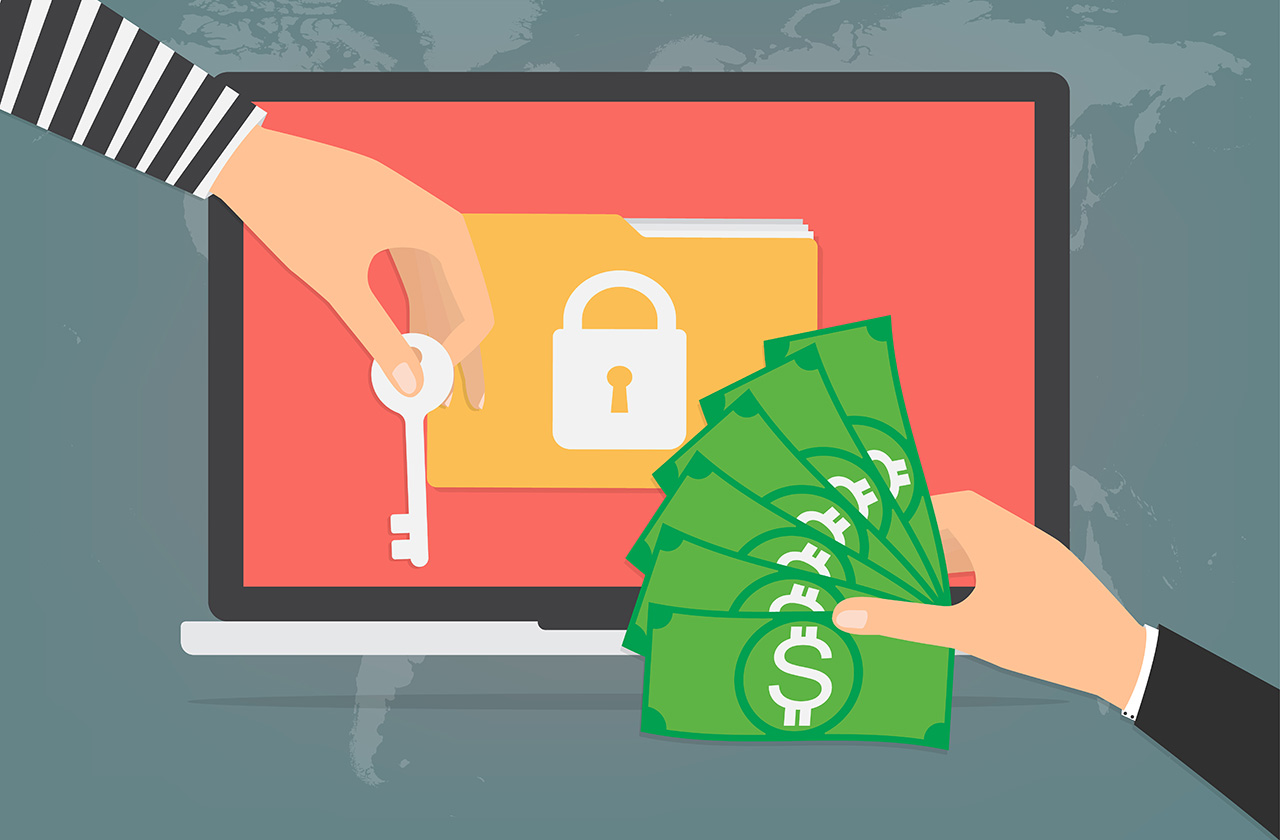Edge Computing: The Future of The Internet of Things
During 2017, Gartner expects the total number of Internet of Things (IoT) devices to grow by 31 percent. Currently, most of these devices are connected to the cloud, but that may change soon as enterprises will find it increasingly difficult to meet the computing demands of modern IoT devices and connected applications.The cloud, the technology that has made it possible to move processing for large in-house data centers and individual devices to infinitely scalable infrastructures owned by third-party companies, such as Microsoft, Google, and Amazon, isn’t without its limits.
Privacy conscientious enterprises don’t like sending all their data outside their premises with no control over what exactly they send and what they keep to themselves or delete altogether. Developers of data-driven intelligent applications require nearly real-time data processing with a single-digit latency—something that the cloud and the current wireless technologies can’t easily provide.
A new enterprise infrastructure is emerging, and industry experts expect that it will become the most preferred architecture for IoT solutions. “The next big thing for enterprise IT comes in the form of edge computing—a paradigm where compute moves closer to the source of data,” writes Janakiram MSV, an analyst, advisor and an architect at Janakiram & Associates.
“Edge computing is a new paradigm in which substantial computing and storage resources—variously referred to as cloudlets, micro datacenters, or fog nodes—are placed at the Internet’s edge in close proximity to mobile devices or sensors,” explains The Emergence of Edge Computing paper by Mahadev Satyanarayanan from Carnegie Mellon University.
The edge is an exciting place full of sensors, modules, actuators, including GPS receivers, valves, motors, temperature and light sensors, and others. These devices receive instructions from applications running in the cloud, and they, in turn, gather various data, creating a complete feedback loop.
With edge computing, the data gathered by edge devices is sorted into two broad categories: hot and cold. Hot data are critical and should be processed as soon as possible. On the other hand, cold data can be processed with a substantial delay because they contribute only to long-term analytics based on historical trends moves.
Because hot data should be processed instantaneously, it makes sense to leverage the computational power of the edge itself, instead of sending them to a public cloud. The processing could be performed by a smart car, a smartphone, or a home automation system. It will be up to complex event processing engines to decide whether to process data locally or let the cloud infrastructure handle it.
Benefits of Edge Computing
Enterprises currently face many problems when running data-centric workloads in the cloud. Even with a direct fiber optics connection, latency is limited by the speed of light. For systems where a few milliseconds could mean the difference between life and death, such as self-driving cars, edge computing is the obvious way how to minimize latency as much as possible.When the bulk of data generated by edge devices is processed locally, at the edge, the overall bandwidth demand into the cloud is considerably lower. Security video cameras tend to be extremely bandwidth-demanding even though the video footage they capture is usually stored only for a few hours and rarely seen by a human being. This video footage could be stored and analyzed locally, with only metadata being sent to the cloud.
Because edge computing allows enterprises to retain sensitive data on-premises for as long as they want, it addresses growing concerns over data privacy arising from IoT system centralization. It would be up to each enterprise to set privacy policies that govern the release of the data to the cloud.
Finally, the ability of the edge to function independently of the cloud makes it much more resilient to network outages and malicious denial-of-service attacks. As more cities around the world become smarter than ever, they will have to make security one of their priorities to ensure safety and privacy of their residents.
Conclusion
The benefits of edge computing are numerous, but so are the technical challenges. The current edge comprises of countless devices with distinct roles, and managing them in a centralized way seems almost impossible. More realistically, a new generation of connected devices will emerge and make the old generation obsolete.This presents us with the classic chicken and egg problem: How to convince companies to develop solutions for an infrastructure that’s not here yet. Just like with the web, the technology itself will have to be sufficiently appealing on its own to attract enough early adopters to reach a certain critical mass.
